|
|
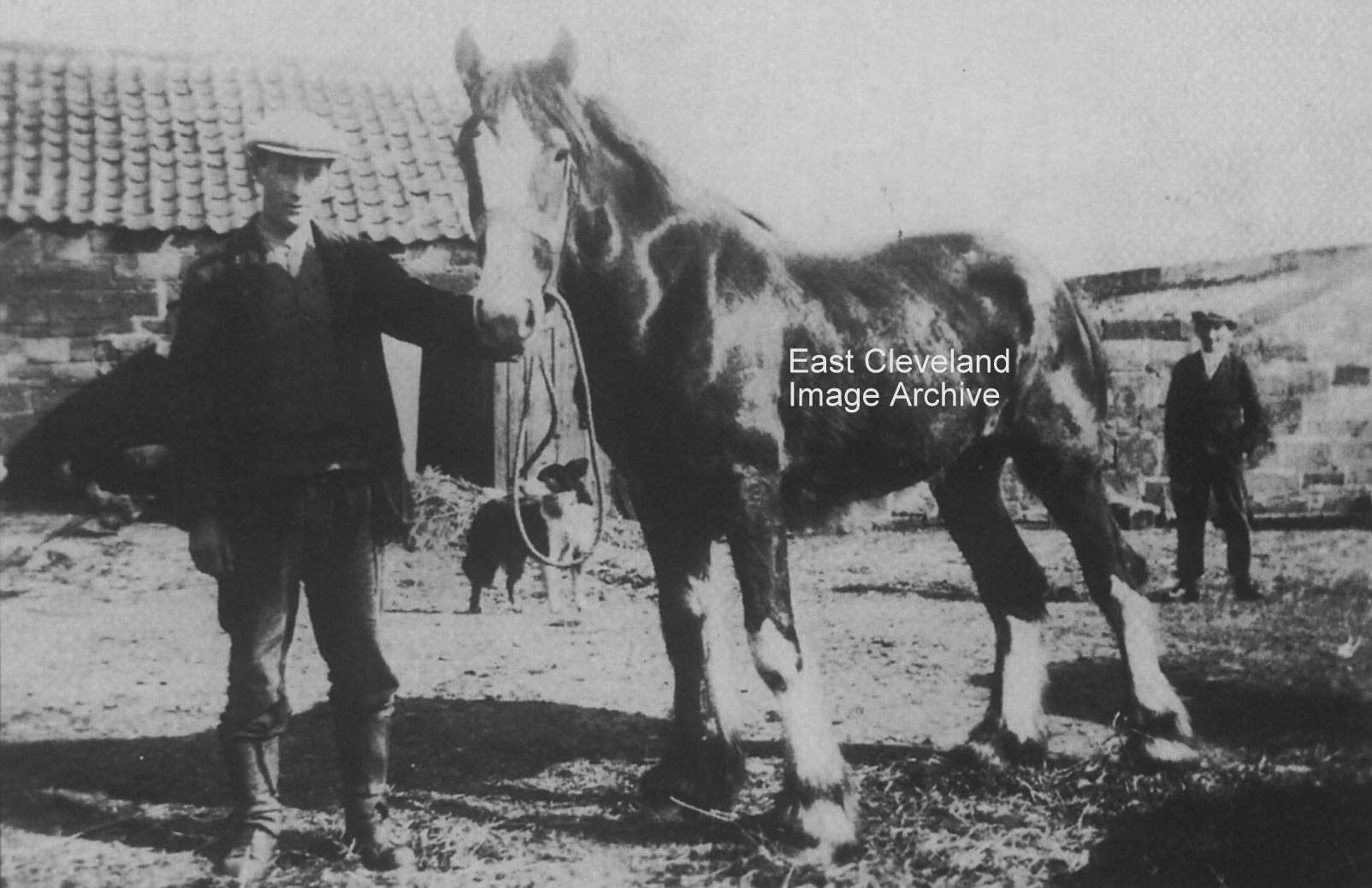
In the days before tractors heavy horse-power worked the farm and traditionally the heavy horses had their ”lads”, the best horse had the ”best lad” and the oldest working horse the ”least lad”. This picture of Captain the Clydesdale at Hummersea Farm shows such an animal in the peak of condition. The image dates from c.1936 and shows Mr Tom Hart, with Nell the sheep dog and Mr Coates in the background, at that time four or five Clydesdales were kept at Hummersea Farm to do the heavy work. Carly Chapman tells us: ” Our family lived on the next farm above “Hummersea Farm” (on the farm which I thought was Hummersea Farm!) from the 1950s to the mid 1980s; my great-grandfather John Dale bought the farm of 16 acres when he started a family. My grandad and his brothers then inherited the dairy farm with my grandad Frank Dale running it until they moved onto the newly built “Arlington Estate” in the late 1980s. My Grandad’s brother John Dale was a Cleveland bay breeder and sent Cleveland Bays to the Queen (and was invited to the Queens garden party), however I don’t know of any lasting photographs. He also judged Cleveland Bays at the annual shows where my Mam said she got front row seats in the judging ring when she was little.”
Many thanks to Carly Chapman for that update.
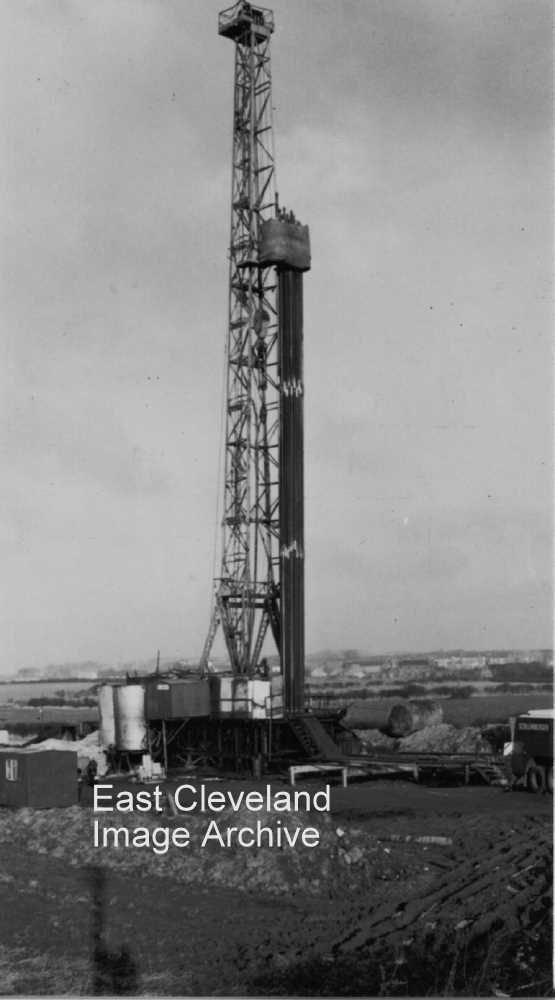
I suppose it pays to be in the right spot!
Image courtesy of Alan Franks.
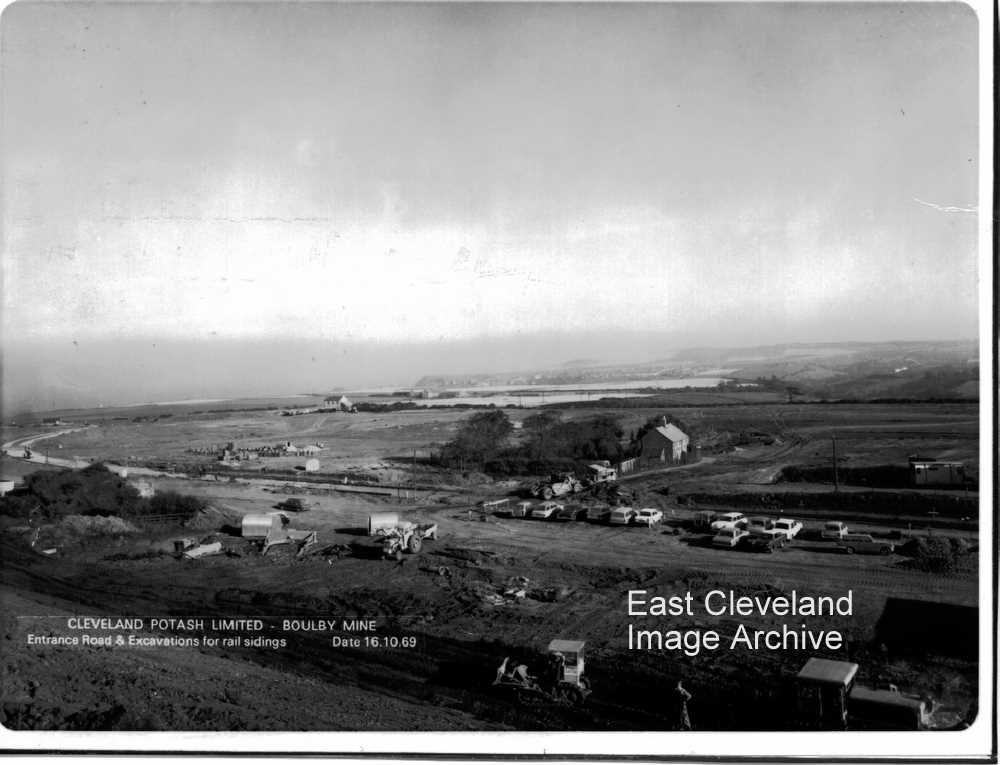
Cleveland Potash rises from the green and pleasant fields near Boulby. A scan of an original print, dated October 1969. Roy Jacklin tells us: “I was living in Liverton Mines and working at Skinningrove steel works when I learned that a Potash firm was to open at Boulby. I along with workmate Ken Rawson of Loftus made enquiries and learned that Monks were to prepare the groundworks. We got a job and along with Mr Murphy?, his sons Colin and Bernard of Boosebeck and another man were the first to start work on preparing the land for developement. Because the weather was unfit to begin work immediately we spent time in a tin shelter with only a small gas ring for heating and boiling a kettle. Water from the surrounding hillside poured through the hut. We did eventually get started preparing roadways, drainage etc. I was employed as tractor driver which had a hoist (handy for lowering the large drain segments!) and assisting the Thysen mechanics liting heavy engine parts in or out of the heavy earth movers. I didn’t remain at Boulby to see the sinking of the shafts as I went to Low Worsell Pumping Station with Monks. I later learned that one of the Murphy brothers, Colin perhaps went on to be head sinker with Thysens.”
Image courtesy of Alan Franks and thanks to Roy Jacklin for the update.
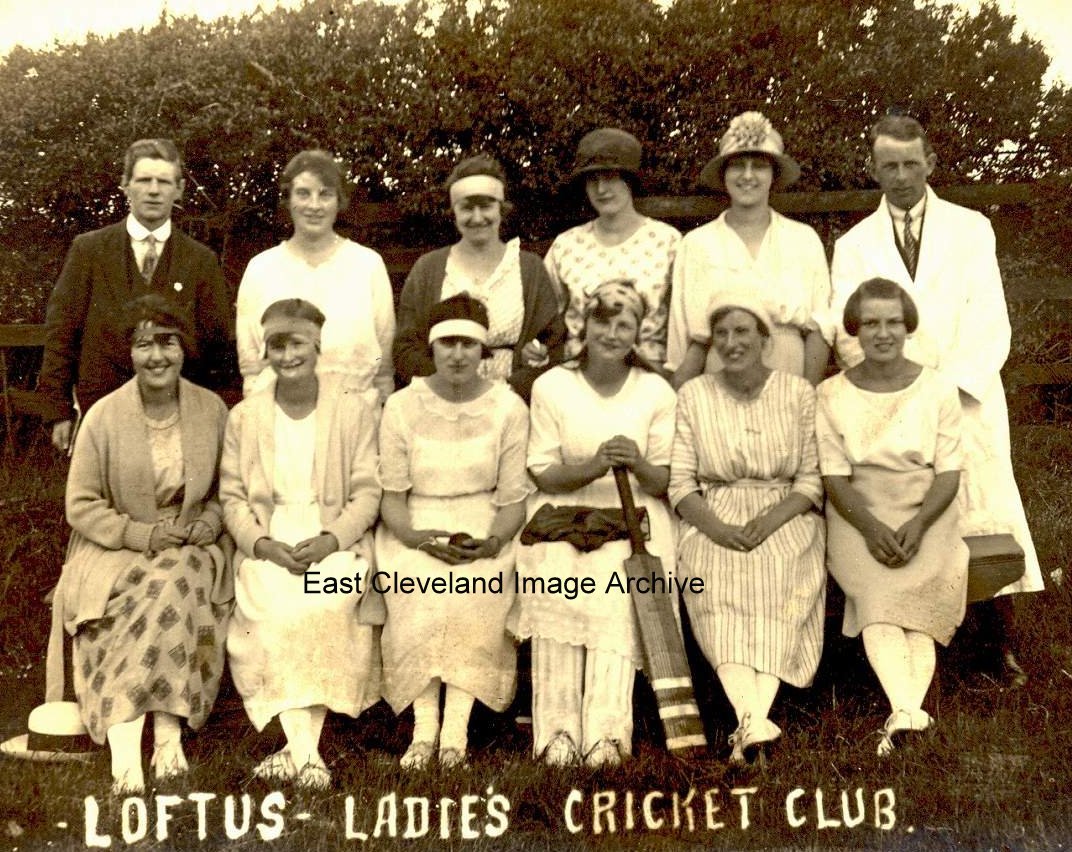
Let me see – I guess the 1920’s, women had the vote and the whole roller-coaster of emancipation begins it’s journey. Loftus Ladies Cricket Club enjoys the limelight – one of the first male-only bastions to fall! The Archive is also now aware that the image is from a photograph produced by H. W. Archer of Loftus produced in 1920.
Back row: Ron Slater (Loftus Market Place Chemist), Hilda Sowerby (School teacher later became Mrs Lines), Miss Bothroyd, ??, Miss Cooper, D. Copeman (Loftus Post Office).
Front row: ??, ??, ??, Zena Rowland, ??, ??.
Can anyone identify these ground-breaking women or their male coaches?
Thanks to Eric Johnson, Loftus Town Crier and Peter Maddison for updates on names.
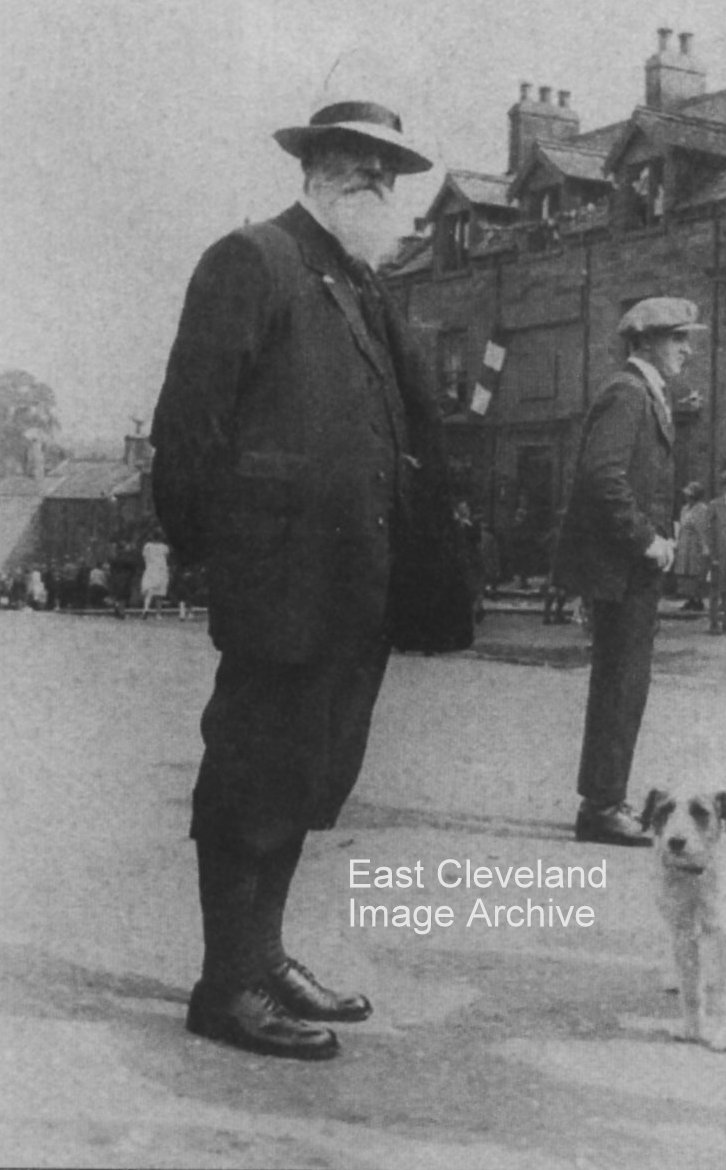
Once again the caption to the image says it all! Dyson Nutt is pictured in Loftus Market Place; there are flags and balloons hanging from the windows of the White Horse in the background and many people about. Possibly the declaration of peace at the end of World War I. Dyson lived in his later years in the house with the white pillars beside the catholic presbytery, in Loftus Market Place.
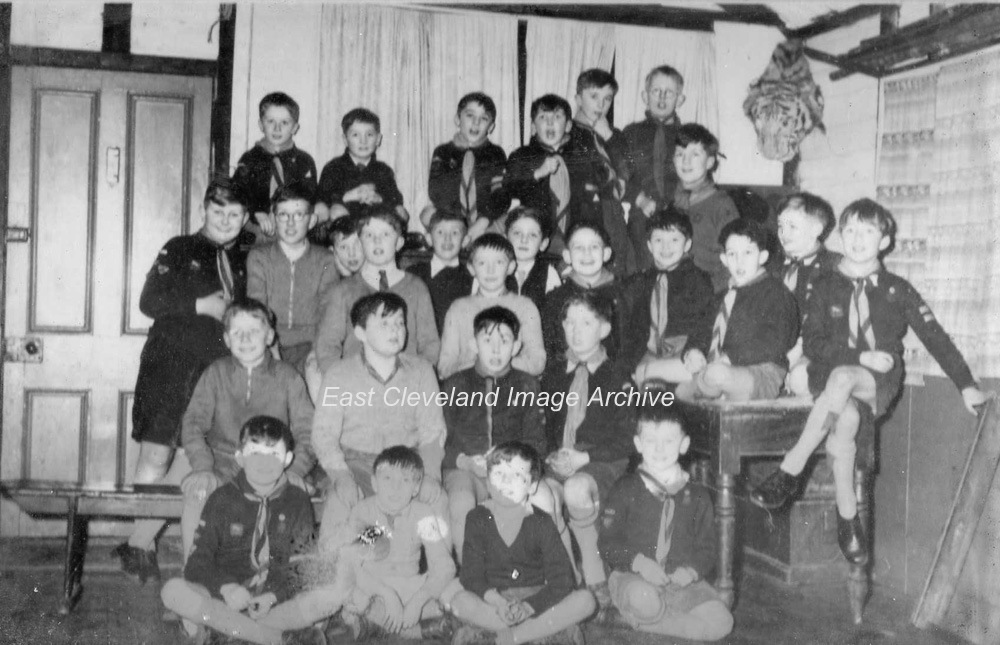
Originally posted this image was listed as Loftus Scouts, but we now know they were Wolf Cubs! This following a comment by Malcolm Covell: “Firstly they aren’t Scouts they are Cubs. I’m 1st left on back row and I was only about 8 or 9 at the time, next to me is Brian Lightfoot ( 2 years younger). Next to him is my brother Dennis Covell (as Sixer = two stripes), he would be about 10; he was born 1947, so it puts the photograph at 1957/58. I can vaguely remember this photo being taken I think there was some sort of big Jamboree that year. Michael Jones is in front of me to the left.”
Back row: Malcolm Covell, Brian Lightfoot, Dennis Covell, ?? , ?? , ?? , ?? .
Third row: Michael Jones, ?? , ?? , ?? , ?? , ?? , ?? , ?? , ?? , ?? , ?? , ?? .
Second row: ?? , ?? , ?? , ?? .
Front row: ?? , ?? , ?? , ?? .
Image courtesy of Stephen Steyert and thanks to Malcolm Covell for that update, can anybody help put a name to the faces?
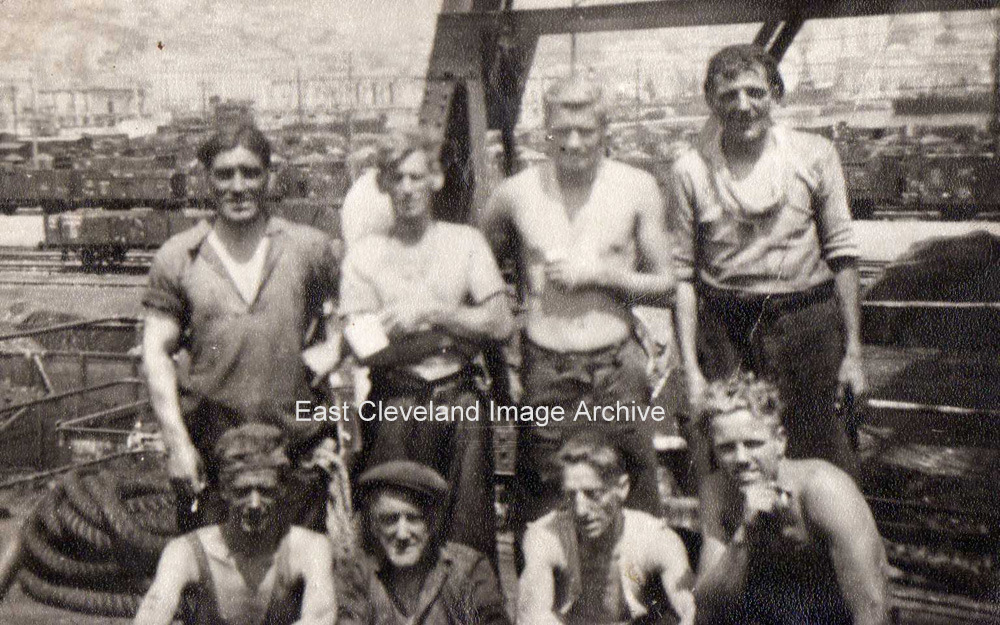
Here’s a happy crew taking a tea-break in the sunshine. It’s Skinningrove works, but which part – and who were they and when!
Eric Trembath tells us:”This looks like the riggers gang. Two of my old work mates top row 2nd right Tony Prior (from Whitby). Bottom row 2nd right Dennis Theaker, sadly now deceased. Many happy years working with them both. I was the last of the ’Grove riggers and retired in 2008, the end of an era! Eric.”
Many thanks to Eric Trembath for that update.
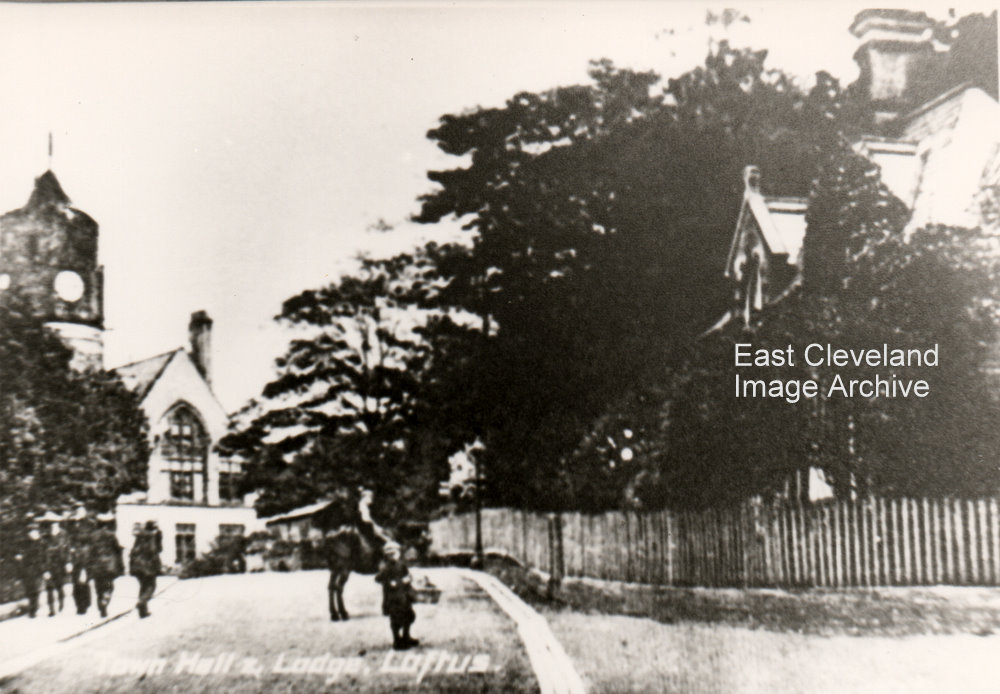
I think this must be the oldest image we’ve got of this well shot scene, again sadly depleted by age. Bromide prints deteriorate in sunlight, they store best in an envelope in a dark drawer – but then why take the picture in the first place! The Archive will hopefully find a better or even perhaps the original of this postcard view of a notable Loftus building.
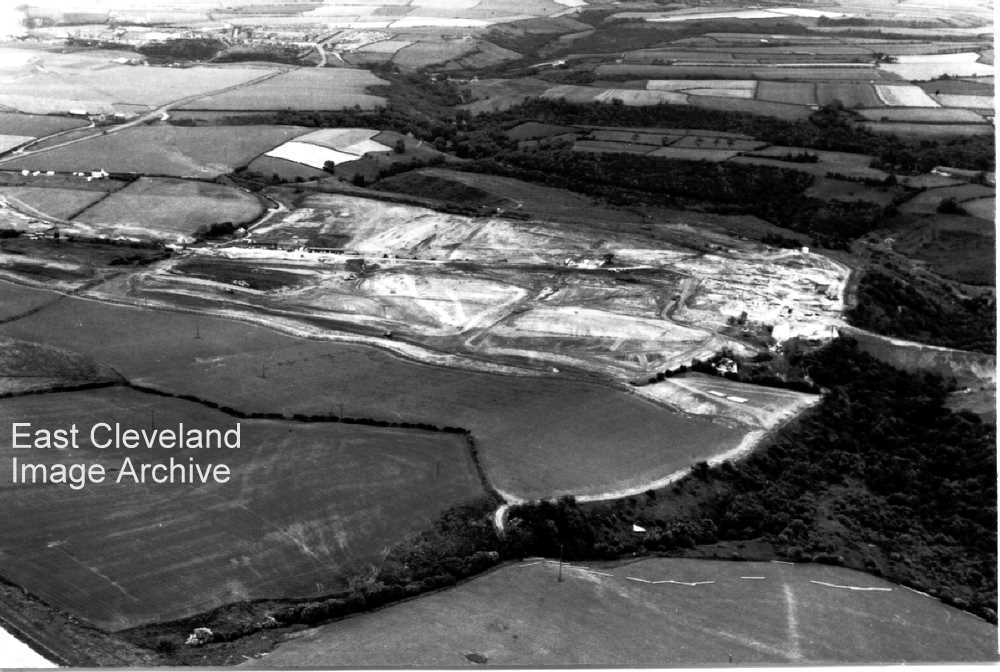
An aerial image of the site with the ground cleared ready for construction.
Image courtesy of Alan Franks.
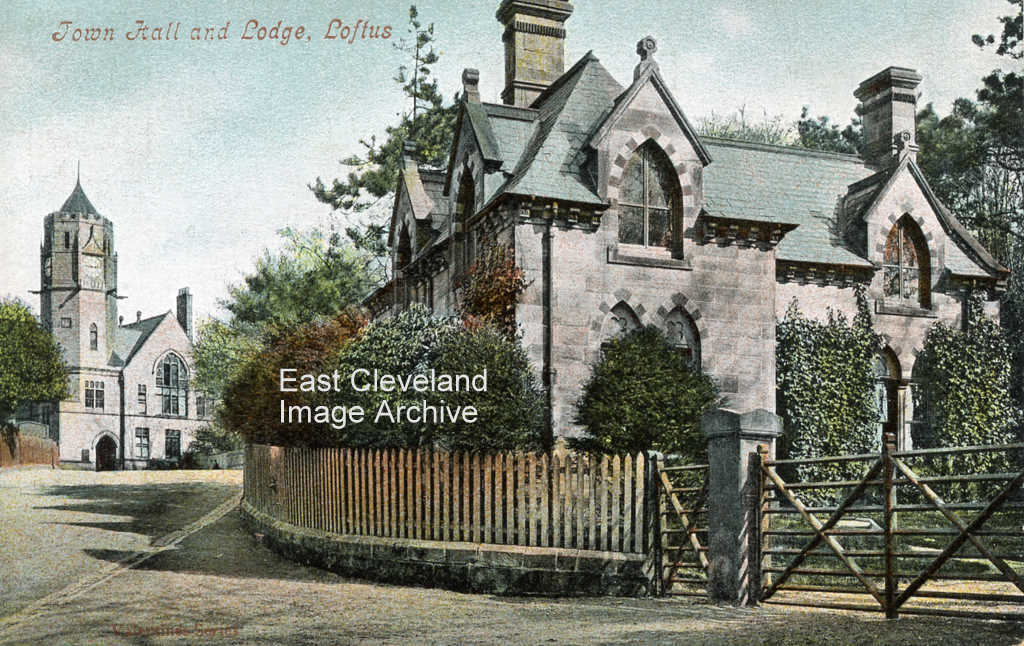
A lovely postcard of the lodge, built in 1869 by the nephew of Sir Robert Lawrence Dundas; at the entrance to the hall, the gates have long since gone and other houses have been built in Hall Grounds. An impressive view of the Town Hall, with the Lodge at the entrance to Hall Grounds as the gated road shown is still known today. Postcard by Cooke’s Fancy Bazaar, Loftus. The architecture of the lodge bears a remarkable resemblance to that of the Town Hall, which was erected in 1879. Perhaps Lord Zetland was so impressed by the Lodge that he commissioned the same architect to design the Town Hall later. The gates led onto a drive that curved past the stable block round to the main house.
Image courtesy of John G. Hannah, additional information courtesy of Jean Wiggins.
|
|










Recent Comments